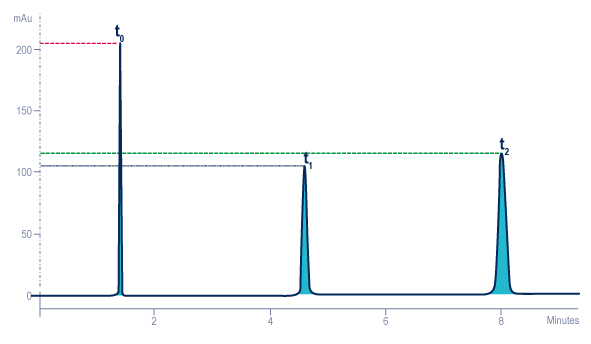
1. Retention time
The time between injection and the appearance of the peak maximum. Corresponding to the time needed by the compound to interact with the stationary phase and the eluent.
t0 = The elution time of an unretained peak (corresponding to the void volume of the column).
t1 = retention time of the compound 1
t2 = retention time of the compound 2
Adjusted retention time
t’1 = t1 – t0 t’2 = t2 – t0
2. Retention factor

The rention factor, or capacity factor, k is the degree of retentivity of a peak compare to an unretained peak.
3. Selectivity
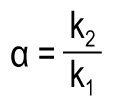
The relative retention value, α, compares the degree of retentivity of one peak with another.
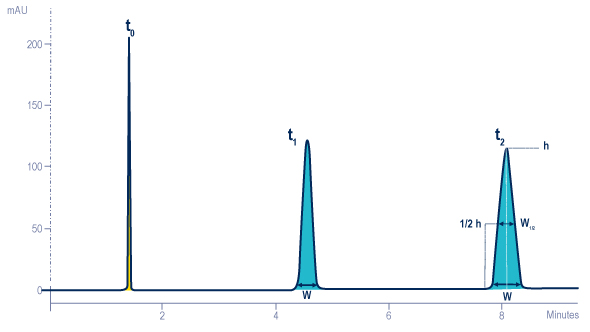
4. Efficiency
N: Theorical plate number

The width (W) of the chromatographic band during elution from the column is usually measured at the baseline by drawing tangents to the inflection points on the sides of the Gaussian curve that represents the peak.
| H: Height equivalent to a theorical plate L: Column length H = L/N h = H/dp h: reduced plate heigth (this value can give an idea of the packing quality of the column) dp: particle diameter of the stationary phase |
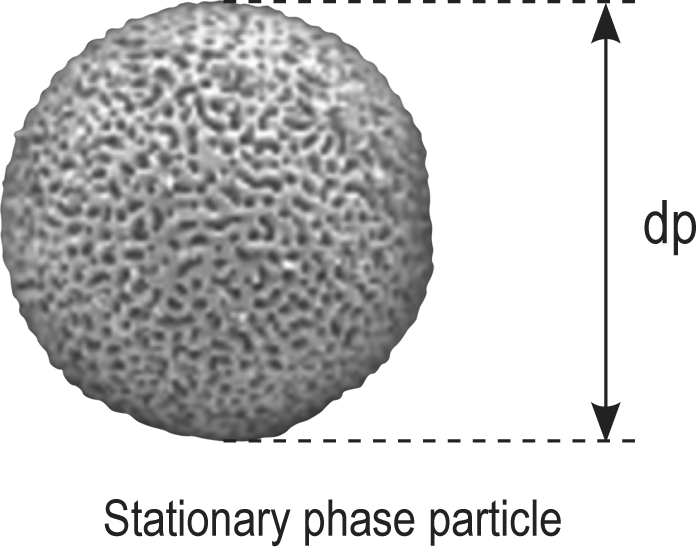 |
5. Asymmetry

6. Resolution
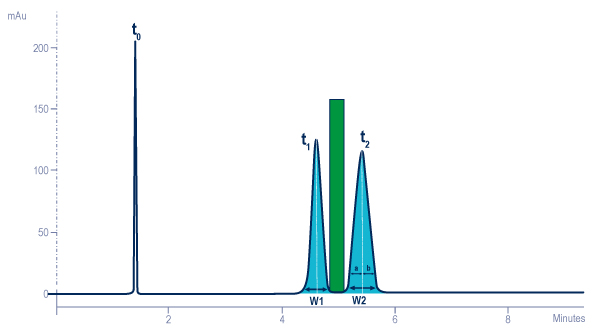
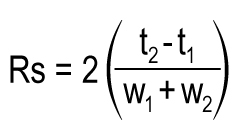
This value caracterizes the baseline width from the end of the 1st peak to the beginning of the 2nd.
A value of 1.5 is considered sufficient for baseline resolution for 2 peaks of equal height, but in that case the purity is not 100%.
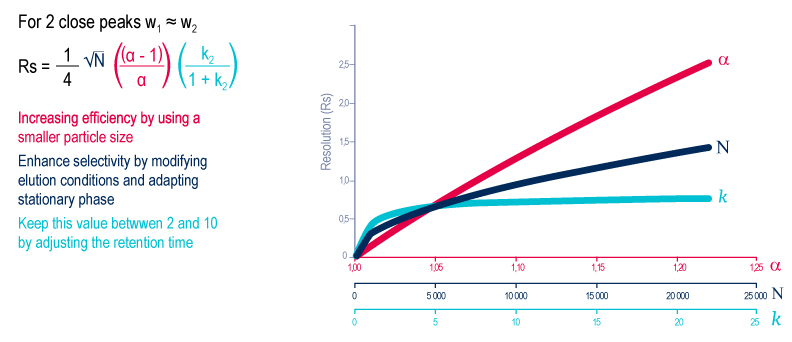
7. Interaction mechanisms
Polar phase interactions

Non polar phase interactions
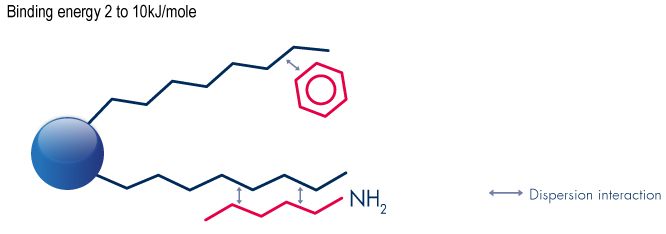
Electrostatic interactions

Adsorbants polarity classification

Know more:
- Contact us: interchrom@interchim.com
- Visit our website: www.interchim.com
- Discover our product range dedicated to analytical sciences & chromatography
- Discover all our purification systems















